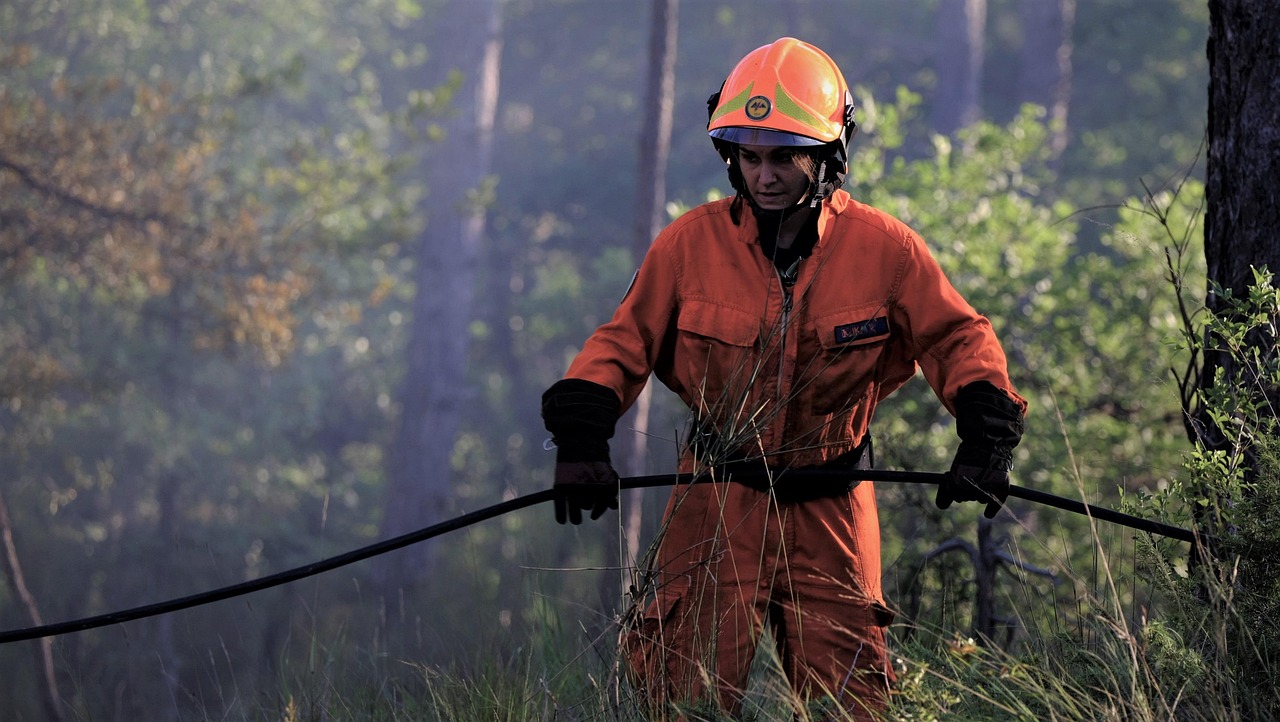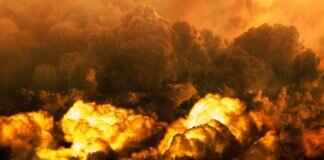Fire jackets are vital pieces of protective gear designed specifically for firefighters and industrial workers. These specialized garments not only provide essential protection against extreme heat and flames but also play a crucial role in ensuring compliance with safety regulations. In this article, we delve into the various features, benefits, and important considerations surrounding fire jackets, emphasizing their significance in high-risk environments.
Fire jackets are crafted from advanced materials engineered to withstand intense heat and flame exposure. Their construction often includes multiple layers that enhance thermal insulation, making them essential for individuals working in hazardous conditions. Understanding the materials and design elements used in fire jackets is key to selecting the right protective gear.
The primary purpose of fire jackets is to protect against burns and injuries that can occur in emergency situations. These jackets are designed with features that enhance safety, such as flame resistance and thermal protection, which can be lifesaving in critical moments.
- Material: Look for jackets made from fire-resistant fabrics.
- Insulation: Adequate insulation is essential to prevent heat transfer.
- Reflective Elements: These improve visibility in low-light conditions.
Fire jackets are typically constructed from materials like Nomex, Kevlar, and PBI. Each of these materials offers distinct advantages:
- Nomex: Known for its lightweight and flame-resistant properties.
- Keflar: Provides exceptional strength and flexibility.
- PBI: Offers high thermal stability and durability.
Fire jackets utilize a multi-layered design that effectively insulates the wearer from extreme temperatures. This construction minimizes the risk of burns and injuries during firefighting or rescue operations, allowing for greater mobility and safety.
When selecting a fire jacket, consider the following factors:
- Compliance: Ensure the jacket meets safety standards such as NFPA 1971.
- Fit: A proper fit enhances comfort and mobility.
- Additional Features: Look for pockets and adjustability for functionality.
Fire jackets are subjected to rigorous testing and must comply with specific safety standards. Certifications such as NFPA 1971 ensure that the jackets provide adequate protection against fire hazards, making it essential for users to be aware of these standards when making a purchase.
Regular maintenance is crucial to ensure the longevity and effectiveness of fire jackets. Proper cleaning, routine inspections, and appropriate storage practices can significantly extend the life of these protective garments, ensuring they remain reliable in emergency situations.
Investing in high-quality fire jackets not only enhances safety but also improves overall performance and comfort for wearers. Quality jackets are designed to withstand harsh conditions, providing peace of mind for firefighters and industrial workers alike.
Several reputable brands are known for producing top-notch fire jackets. Researching options such as Globe, Morning Pride, and Fire-Dex can help you make an informed decision based on durability and protective features.
In conclusion, fire jackets are indispensable for ensuring the safety of firefighters and workers in hazardous environments. By understanding their features, materials, and maintenance, individuals can significantly enhance their safety and performance in high-risk situations.
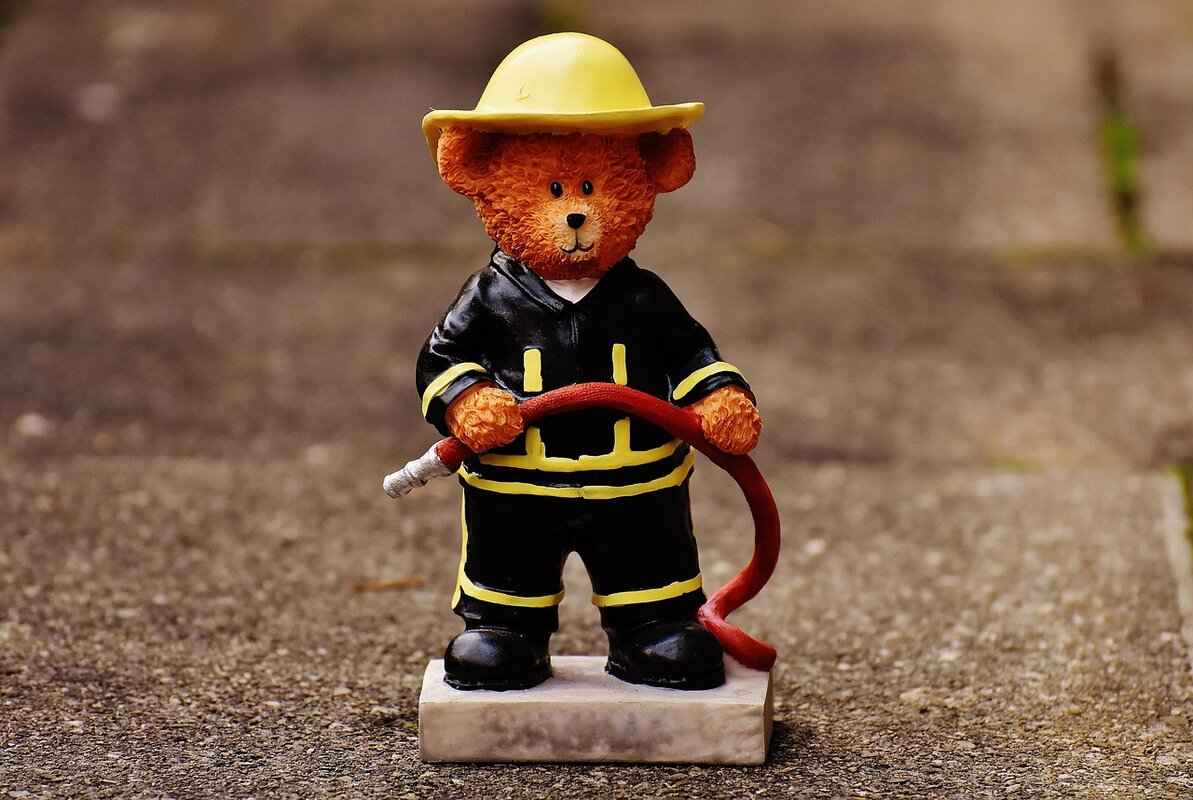
What Are Fire Jackets?
Fire jackets are essential protective garments designed specifically for individuals who work in environments where exposure to extreme heat and flames is a significant risk. These jackets are not just ordinary clothing; they are engineered with advanced materials and construction techniques to ensure maximum safety and comfort for firefighters and industrial workers alike.
Understanding the construction and materials used in fire jackets is crucial for ensuring that they provide the necessary protection against hazardous conditions. In high-risk environments, the right fire jacket can mean the difference between safety and severe injury.
Fire jackets serve a vital role in protecting individuals from burns and injuries caused by flames and extreme temperatures. They are designed to withstand intense heat, preventing it from reaching the skin and reducing the risk of thermal injuries. In situations where every second counts, having reliable protective gear can significantly enhance survival chances.
- Material: Fire jackets are constructed from specialized fabrics that offer flame resistance and durability.
- Insulation: Multi-layer designs help to trap heat and protect against extreme temperatures.
- Reflective Elements: These enhance visibility in low-light conditions, an important feature for safety during emergency responses.
The materials used in fire jackets are critical to their effectiveness. Common materials include:
- Nomex: Known for its flame-resistant properties and lightweight feel, making it ideal for various applications.
- Kevlar: Offers high tensile strength and flexibility, allowing for ease of movement while providing robust protection.
- PBI: Provides excellent thermal protection and is highly durable, often used in high-risk firefighting scenarios.
Fire jackets are designed with multiple layers that serve different purposes. The outer layer is typically made from flame-resistant fabric that can withstand direct exposure to flames. Beneath this layer, insulating materials help to trap heat, preventing it from transferring to the body. This multi-layer construction is vital for reducing the risk of burns during firefighting or rescue operations.
When selecting a fire jacket, consider the following factors:
- Size and Fit: A properly fitted jacket allows for mobility while ensuring coverage.
- Compliance with Safety Standards: Look for jackets that meet or exceed industry standards, such as NFPA 1971.
- Additional Features: Pockets, adjustable components, and reinforced seams can enhance functionality.
Fire jackets must adhere to strict safety standards to ensure they provide adequate protection. Certifications such as NFPA 1971 indicate that the jacket has been tested and meets the necessary requirements for flame resistance and thermal protection. Understanding these standards is essential for making informed purchasing decisions.
To ensure longevity and effectiveness, regular maintenance of fire jackets is crucial. This includes:
- Cleaning: Follow manufacturer guidelines for washing to avoid damage to the protective properties.
- Inspection: Regularly check for wear and tear, ensuring that the jacket remains in good condition.
- Storage: Store in a cool, dry place to prevent degradation of materials.
Investing in high-quality fire jackets not only enhances safety but also improves overall performance and comfort. Quality jackets are designed to withstand the rigors of firefighting and industrial work, ensuring that wearers can focus on their tasks without the distraction of inadequate protection.
Several reputable brands are known for their high-quality fire jackets, including Bulwark, Carhartt, and Lion Apparel. Researching these brands can help you make an informed decision based on durability, protective features, and user reviews.
In summary, fire jackets are indispensable for ensuring the safety of those who work in hazardous environments. By understanding their features, materials, and maintenance, individuals can significantly impact their safety and performance on the job.

Why Are Fire Jackets Essential for Safety?
Fire jackets are a critical component of safety gear for firefighters and industrial workers. In environments where exposure to heat and flames is a constant threat, these specialized garments offer essential protection. Understanding the importance of fire jackets goes beyond mere compliance; it is about safeguarding lives in high-risk situations.
Fire jackets play a vital role in protecting firefighters and industrial workers from severe burns and injuries. The protective features incorporated into their design are crucial for survival in hazardous environments. When exposed to high temperatures and flames, the risk of injury is significantly increased. Fire jackets are engineered to minimize this risk by providing a barrier against heat, flames, and other workplace hazards.
- Thermal Protection: Fire jackets are constructed with multiple layers that provide excellent thermal insulation. This insulation helps to prevent heat transfer, reducing the likelihood of burns during firefighting operations or industrial tasks.
- Flame Resistance: The materials used in fire jackets, such as Nomex and Kevlar, are inherently flame-resistant. This means they do not ignite easily and can withstand extreme temperatures, offering critical protection to the wearer.
- Durability: Fire jackets are designed to endure tough conditions. Their robust construction ensures that they can withstand the rigors of firefighting and industrial work, maintaining their protective qualities over time.
- Visibility: Many fire jackets include reflective elements that enhance visibility in low-light conditions. This feature is essential for ensuring that firefighters and workers can be seen by their peers and emergency personnel, particularly during rescue operations.
In addition to these features, fire jackets often come equipped with practical elements such as pockets for carrying essential tools and adjustable components for a better fit. This functionality not only enhances safety but also improves overall performance in emergency situations.
The design of fire jackets is focused on creating a protective barrier. When exposed to extreme heat, the layers of the jacket work together to dissipate the heat and prevent it from reaching the skin. This multi-layered approach is what makes fire jackets so effective in high-risk environments.
When selecting a fire jacket, it is essential to consider several factors:
- Compliance with Standards: Ensure that the jacket meets industry safety standards, such as NFPA 1971, which guarantees adequate protection against fire hazards.
- Fit and Comfort: A well-fitting jacket allows for better mobility and comfort during use. Look for adjustable features that can accommodate different body types.
- Material Quality: Invest in jackets made from high-quality materials that offer durability, heat resistance, and comfort.
In summary, fire jackets are indispensable tools for ensuring the safety of firefighters and industrial workers. Their specialized design and protective features make them essential for surviving in hazardous environments. Understanding the importance of these garments can significantly impact overall safety and performance in emergency situations.
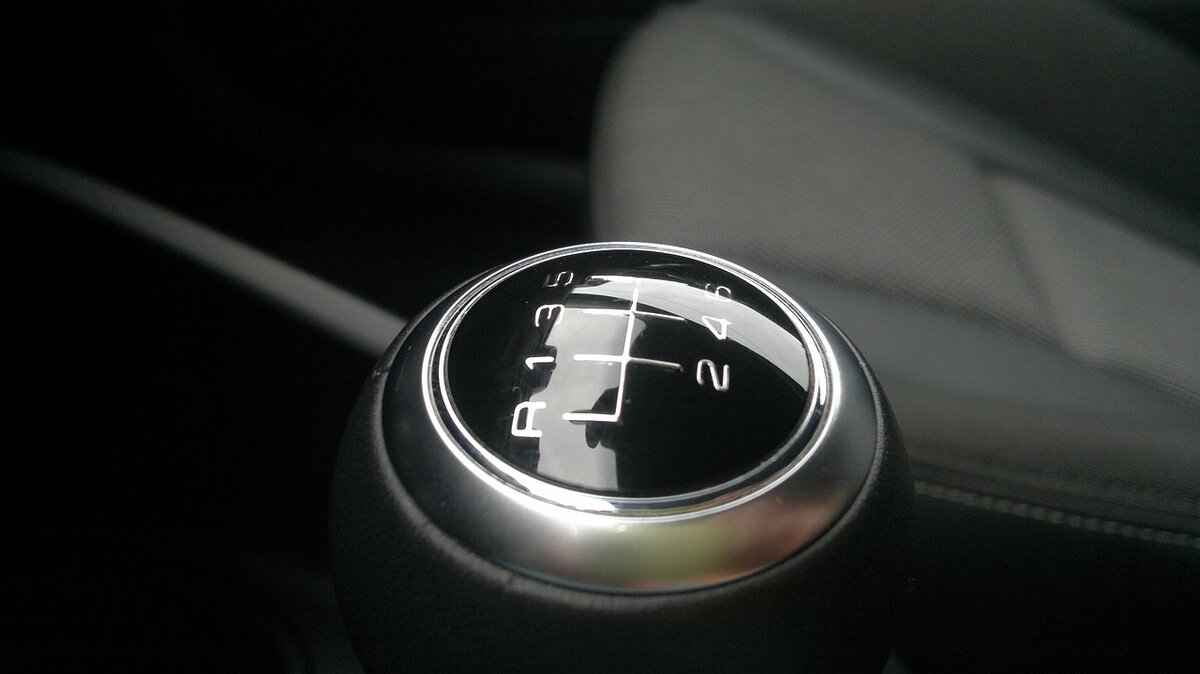
Key Features of High-Quality Fire Jackets
When it comes to fire safety, selecting the right fire jacket is crucial for both firefighters and industrial workers. These specialized garments are designed to withstand extreme conditions while providing essential protection. Below are the key features that should be considered when choosing a high-quality fire jacket.
- Material Composition: The fabric of a fire jacket plays a vital role in its protective capabilities. Common materials include Nomex, Kevlar, and PBI. Each material offers unique advantages, such as flame resistance and durability. For instance, Nomex is lightweight and effective against heat, while Kevlar provides excellent tensile strength.
- Insulation Properties: Fire jackets often feature multiple layers that enhance insulation. This is essential for reducing heat transfer, which can significantly lower the risk of burns. The insulation should be breathable to allow moisture to escape, keeping the wearer comfortable during intense activities.
- Reflective Elements: Visibility is a critical factor in hazardous environments. Fire jackets should include reflective strips or elements that enhance visibility in low-light conditions. This is especially important during nighttime operations or in smoky environments, where clear visibility can be a matter of safety.
- Comfort and Fit: A fire jacket should allow for a full range of motion. Look for jackets that offer adjustable features, such as cuffs and waistbands, to ensure a snug fit without restricting movement. Comfort is key, as firefighters often need to perform physically demanding tasks.
- Compliance with Safety Standards: Always check that the fire jacket meets established safety standards, such as NFPA 1971. Compliance with these standards ensures that the jacket has been rigorously tested for its protective capabilities.
In addition to these features, it’s important to consider the design and functionality of the jacket. Pockets, reinforced seams, and other practical elements can enhance the usability of the garment in emergency situations. Firefighters may need to carry tools or personal items, so adequate storage options are beneficial.
Moreover, the maintenance of fire jackets cannot be overlooked. Regular inspections and proper cleaning procedures are essential to ensure that the protective qualities of the jacket are maintained over time. Follow the manufacturer’s guidelines for cleaning and storage to prolong the life of the gear.
In summary, when selecting a fire jacket, it is essential to consider various factors including material, insulation, reflective elements, comfort, and compliance with safety standards. By focusing on these key features, individuals can make informed decisions that enhance their safety and performance in hazardous environments.
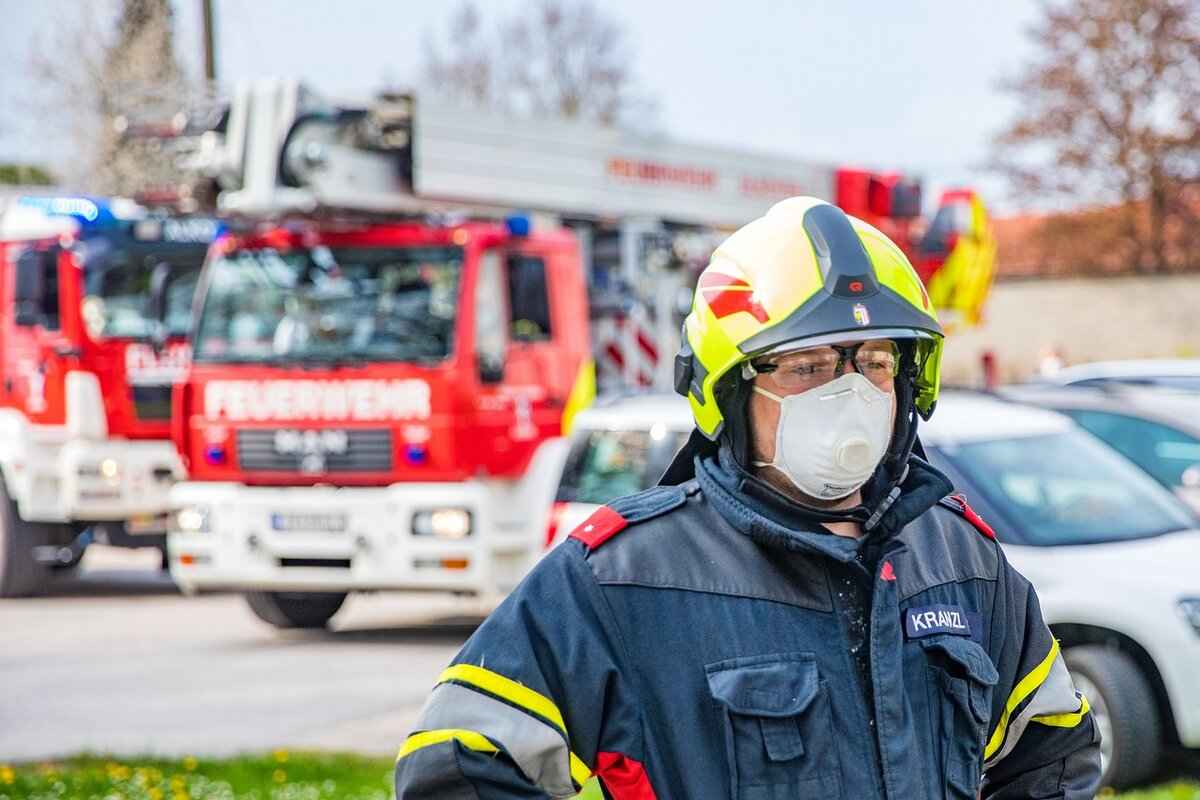
Common Materials Used in Fire Jackets
Fire jackets are crucial protective gear for anyone working in hazardous environments, especially firefighters and industrial workers. One of the key aspects that determine the effectiveness of these jackets is the materials used in their construction. Understanding the different materials can help in selecting the right fire jacket that provides the necessary protection and comfort.
Fire jackets are typically made from a variety of advanced materials, each offering unique benefits in terms of heat resistance, durability, and comfort. The most commonly used materials include:
- Nomex: This is perhaps the most recognized material in the fire protection industry. Nomex is known for its exceptional flame resistance and lightweight properties. It is inherently flame-resistant, meaning it won’t burn away or melt when exposed to heat. This characteristic makes it suitable for various firefighting and industrial applications, ensuring that wearers are protected from extreme temperatures.
- Kevlar: Renowned for its high tensile strength, Kevlar is another popular choice for fire jackets. Its durability allows it to withstand abrasions and cuts while providing flexibility that enables freedom of movement. Firefighters often require agility in their roles, and Kevlar helps maintain that essential mobility without compromising safety.
- PBI (Polybenzimidazole): PBI is a high-performance fiber that offers excellent thermal stability and flame resistance. It maintains its protective qualities even at high temperatures, making it a preferred material for fire jackets used in extreme conditions. PBI also has a unique ability to resist degradation from heat and flame, ensuring long-lasting protection.
- FR Cotton: Fire-retardant cotton is often blended with synthetic fibers to enhance comfort while still providing a degree of heat resistance. This material is breathable, making it suitable for firefighters who need to stay cool while working in high-stress environments. However, it is important to note that while FR cotton offers some protection, it may not be as effective as synthetic materials like Nomex or Kevlar in extreme situations.
- Aramid Fibers: Similar to Nomex, aramid fibers are known for their heat resistance and durability. They provide excellent protection against heat and flames while being lightweight. Aramid fibers are often used in combination with other materials to enhance the overall performance of fire jackets.
When selecting a fire jacket, it is essential to consider the specific needs of the job. Factors such as the level of exposure to heat and flames, the required mobility, and comfort should all play a role in the decision-making process. Fire jackets made from a combination of these materials often provide the best balance of protection and comfort, ensuring that firefighters and industrial workers can perform their duties safely and effectively.
Furthermore, it is crucial to ensure that any fire jacket purchased meets the necessary safety standards and certifications, such as those set by the National Fire Protection Association (NFPA). These standards ensure that the materials used in the jackets have been rigorously tested for their protective qualities, providing peace of mind to the wearer.
In conclusion, understanding the materials used in fire jackets is vital for anyone involved in firefighting or hazardous work environments. By choosing the right material, individuals can ensure they have the best protection available, helping to prevent injuries and save lives in emergency situations.
Nomex: The Industry Standard
Nomex is widely recognized as the industry standard for fire jackets, primarily due to its remarkable flame resistance and lightweight nature. These characteristics make it an ideal choice for a variety of firefighting and industrial applications. In this section, we will delve deeper into the unique properties of Nomex, its advantages, and why it is favored among professionals in hazardous environments.
Nomex is a synthetic fiber developed by DuPont, designed to withstand extreme temperatures without melting or dripping. This inherent property is crucial for firefighters and industrial workers, as it significantly reduces the risk of severe burns during operations. The lightweight nature of Nomex allows for enhanced mobility, enabling workers to perform tasks efficiently without feeling weighed down.
- Exceptional Heat Resistance: Nomex can withstand temperatures up to 1,000°F (538°C), making it suitable for intense firefighting scenarios.
- Durability: Fire jackets made from Nomex are not only resistant to heat but also to abrasion and wear, ensuring a longer lifespan.
- Comfort: The fabric is breathable, allowing moisture to escape, which helps maintain comfort during prolonged use.
- Lightweight: Weighing significantly less than many other protective materials, Nomex provides ease of movement, which is essential for emergency responders.
While other materials such as Kevlar and PBI also offer excellent protective qualities, Nomex stands out due to its unique combination of flame resistance and comfort. Kevlar, while strong, is not as effective at heat resistance, and PBI, although durable, tends to be heavier. The balance that Nomex strikes between protection and wearability makes it a preferred choice for many professionals.
Nomex fire jackets are utilized in various settings, including:
- Firefighting: Essential for firefighters who face direct exposure to flames and extreme heat.
- Industrial Work: Used in sectors such as oil and gas, where workers are at risk of flash fires.
- Aerospace: Pilots and crew members wear Nomex to protect against potential in-flight incidents.
To ensure longevity and effectiveness, proper maintenance of Nomex fire jackets is crucial. Here are some tips:
- Regular Inspection: Check for any signs of wear and tear, including fraying or discoloration.
- Cleaning: Follow the manufacturer’s instructions for cleaning to avoid damaging the fabric’s protective properties.
- Storage: Store in a cool, dry place away from direct sunlight to prevent degradation of the material.
In summary, Nomex fire jackets represent a pinnacle of safety and comfort for those working in high-risk environments. Their unique properties not only protect against extreme heat and flames but also enhance the wearer’s mobility and comfort. As industries continue to prioritize safety, the reliance on Nomex will undoubtedly persist, solidifying its status as the industry standard for fire protection.
Kevlar: Strength and Flexibility
Kevlar is a synthetic fiber renowned for its exceptional tensile strength and remarkable flexibility. This unique combination makes it a vital material in the construction of fire jackets, providing firefighters with the necessary protection while allowing them to maintain mobility in hazardous environments.
The use of Kevlar in fire jackets is critical, as it enhances the overall safety of firefighters. The material is designed to withstand extreme temperatures and resist abrasion, ensuring that firefighters can perform their duties without the constant fear of injury from heat or flames. Its lightweight nature allows for greater agility, enabling firefighters to move quickly and effectively in emergency situations.
One of the standout features of Kevlar is its flexibility. Unlike traditional materials that can be restrictive, Kevlar allows for a full range of motion. This is particularly important in firefighting, where the ability to maneuver swiftly can mean the difference between life and death. Firefighters often need to climb, crawl, and reach in challenging scenarios, and Kevlar’s design supports these movements without compromising safety.
Kevlar’s durability is another key factor in its effectiveness as a material for fire jackets. It is resistant to tearing and puncturing, which is crucial when navigating through debris or sharp objects during rescue operations. This durability ensures that the protective gear remains intact even in the most demanding environments, providing firefighters with reliable protection.
While other materials like Nomex and PBI are also used in fire jackets, Kevlar stands out due to its unique combination of strength and flexibility. Nomex is excellent for flame resistance, but it lacks the same level of mobility that Kevlar offers. Similarly, PBI provides thermal protection but can be heavier and less flexible. The choice of material can significantly impact a firefighter’s performance and safety.
In practical applications, fire jackets made with Kevlar have been shown to improve the response time of firefighters. With less weight and more flexibility, firefighters can execute their tasks more efficiently, whether it’s battling a blaze or conducting a rescue operation. This enhanced performance can lead to better outcomes in emergency situations.
To ensure the longevity of Kevlar fire jackets, proper maintenance is essential. Regular inspections for wear and tear, along with appropriate cleaning methods, can significantly extend the life of the gear. Firefighters should follow manufacturer guidelines for washing and storage to maintain the integrity of the material.
In summary, Kevlar’s high tensile strength and flexibility make it an indispensable component of fire jackets for firefighters. Its ability to provide protection without sacrificing mobility is crucial for performing essential tasks in dangerous environments. As the industry evolves, the use of Kevlar in protective gear will continue to play a vital role in enhancing safety and performance for firefighters and other emergency responders.

How Do Fire Jackets Protect Against Heat and Flames?
Fire jackets are crucial protective gear designed specifically for individuals who work in high-risk environments, such as firefighters and industrial workers. These jackets are engineered to withstand extreme heat and flames, providing a vital barrier between the wearer and hazardous conditions. In this section, we will explore how fire jackets protect against heat and flames, delving into their unique construction and the technology behind them.
Fire jackets are constructed with multiple layers that work together to provide thermal insulation and prevent heat transfer. This multi-layered design is essential in reducing the risk of burns and injuries during firefighting or rescue operations. Each layer serves a specific purpose:
- Outer Layer: The outermost layer is typically made from flame-resistant materials that can withstand direct exposure to flames. This layer is crucial for preventing ignition and ensuring that the jacket remains intact during intense heat conditions.
- Moisture Barrier: Beneath the outer layer, a moisture barrier helps to keep the wearer dry by preventing water and other liquids from penetrating the jacket. This feature is particularly important in firefighting, where water exposure can occur.
- Insulation Layer: The insulation layer is designed to trap air and provide thermal protection. This layer significantly reduces heat transfer, allowing the wearer to remain safe from extreme temperatures.
In addition to the layering, fire jackets often incorporate advanced materials such as Nomex, Kevlar, and PBI. These materials are renowned for their heat resistance, durability, and flexibility:
- Nomex: Widely considered the industry standard, Nomex offers exceptional flame resistance while being lightweight, making it ideal for various firefighting duties.
- Keflar: Known for its high tensile strength, Kevlar provides both protection and mobility, enabling firefighters to perform necessary tasks without restriction.
- PBI: This material is highly effective in extreme heat situations, providing outstanding thermal protection and comfort.
Another critical aspect of fire jackets is their reflective elements. These features enhance visibility in low-light conditions, ensuring that firefighters and rescue workers can be easily seen. This is vital not only for their safety but also for the safety of their colleagues and civilians during emergency situations.
Moreover, fire jackets are designed to be ergonomically fitted to allow for maximum mobility. This is crucial when navigating through challenging environments, as it enables firefighters to move quickly and efficiently while still being protected.
To sum up, the protective capabilities of fire jackets stem from their innovative design and the use of advanced materials. The combination of multiple layers, moisture barriers, and reflective elements ensures that these jackets provide optimal protection against heat and flames. Understanding these features can help individuals make informed decisions when selecting fire jackets for their safety and compliance needs.

What to Look for When Buying a Fire Jacket?
When it comes to fire jackets, making the right choice is crucial for ensuring safety and comfort in hazardous environments. A fire jacket is more than just protective clothing; it is a vital piece of equipment that can mean the difference between safety and serious injury. In this section, we will delve into the essential factors to consider when buying a fire jacket, ensuring you make an informed decision.
- Size and Fit: The first step in choosing a fire jacket is to ensure it fits properly. A well-fitting jacket allows for ease of movement, which is critical when performing tasks in emergency situations. Measure your chest, waist, and arm length to find the right size. Remember, a jacket that is too tight can restrict movement, while one that is too loose may not provide adequate protection.
- Compliance with Safety Standards: Always check if the fire jacket meets industry safety standards, such as NFPA 1971. Compliance with these regulations ensures that the jacket has been tested for effectiveness in protecting against heat and flames.
- Material Quality: The material of the fire jacket significantly impacts its protective capabilities. Look for jackets made from high-quality materials like Nomex, Kevlar, or PBI. Each material has unique properties that enhance heat resistance and durability, contributing to overall safety.
- Insulation and Breathability: Fire jackets should provide adequate insulation to protect against extreme temperatures while also allowing for breathability. This balance is essential for comfort, especially during prolonged use. Look for jackets with moisture-wicking linings that help manage sweat.
- Reflective Elements: Visibility is crucial in emergency situations. Fire jackets equipped with reflective strips enhance visibility in low-light conditions, helping to keep the wearer safe during rescue operations.
- Functional Features: Consider additional features that can enhance the functionality of the jacket. Pockets for storage, adjustable cuffs, and reinforced seams can provide added convenience and durability. Ensure that any additional features do not compromise the jacket’s protective qualities.
- Weight: The weight of the fire jacket can affect mobility and comfort. Lightweight jackets made from advanced materials offer protection without hindering movement, allowing firefighters to perform their duties efficiently.
In summary, when selecting a fire jacket, it is essential to evaluate multiple factors, including size, fit, material, and compliance with safety standards. By paying attention to these details, you can choose a fire jacket that not only meets safety requirements but also provides comfort and functionality during critical operations. Always remember that investing in a quality fire jacket is an investment in your safety and performance in the field.
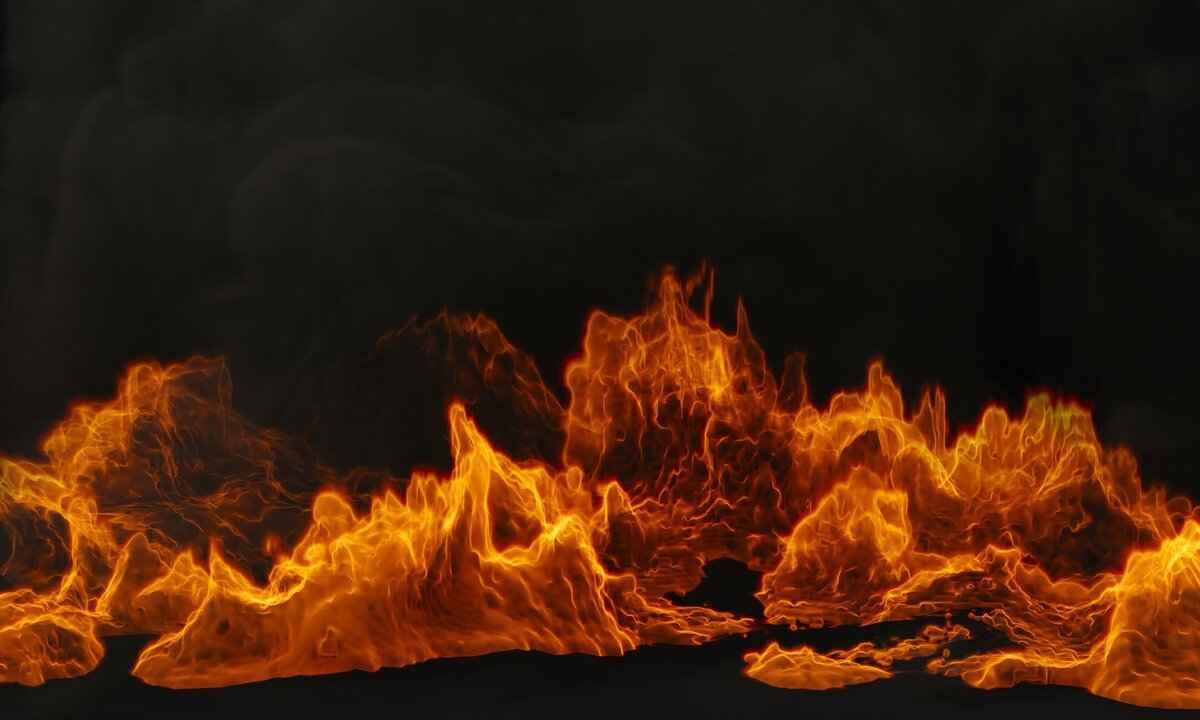
Understanding Fire Jacket Standards and Certifications
When it comes to the safety of firefighters and industrial workers, the importance of adhering to stringent fire jacket standards and certifications cannot be overstated. These protective garments are not merely a fashion statement; they are essential tools designed to shield individuals from the hazards associated with extreme heat and flames.
Fire jacket standards are a set of guidelines and regulations established to ensure that these garments provide adequate protection against fire hazards. Among the most recognized certifications is the NFPA 1971, which outlines the minimum performance requirements for structural fire fighting protective clothing. This standard is crucial for evaluating the effectiveness of fire jackets in real-world scenarios.
Compliance with fire jacket standards is vital for several reasons:
- Protection Against Heat and Flames: Fire jackets that meet established standards are tested for their ability to withstand extreme temperatures and prevent burns.
- Durability: Certified jackets are constructed from high-quality materials that ensure longevity, even in the most challenging environments.
- Regulatory Compliance: Many organizations and governmental bodies require adherence to specific standards to ensure the safety of their personnel.
While NFPA 1971 is the most recognized standard for fire jackets, there are other important certifications that provide additional layers of assurance:
- EN 469: This European standard outlines the performance requirements for protective clothing for fire fighting.
- ISO 11612: This standard assesses clothing’s ability to protect against heat and flames, ensuring it meets international safety benchmarks.
The certification process for fire jackets involves rigorous testing that evaluates various performance aspects:
- Thermal Protection: Jackets are subjected to high temperatures to assess their ability to resist heat transfer.
- Water Resistance: Testing ensures that jackets can withstand moisture without compromising their protective qualities.
- Durability Tests: The fabric is tested for abrasion resistance and tear strength to ensure it can withstand the rigors of firefighting.
When selecting a fire jacket, it’s essential to consider:
- Certification: Ensure the jacket meets recognized standards such as NFPA 1971.
- Fit and Comfort: A well-fitting jacket allows for better mobility and reduces the risk of accidents.
- Additional Features: Look for jackets with reflective strips, pockets, and adjustable components for enhanced functionality.
Once you have selected a fire jacket that meets the necessary standards, maintaining its integrity is crucial. Regular inspections, appropriate cleaning methods, and proper storage can significantly extend the life of these garments. Always refer to the manufacturer’s guidelines for care instructions to ensure ongoing compliance with safety standards.
In summary, understanding fire jacket standards and certifications is essential for anyone involved in firefighting or hazardous work environments. By prioritizing compliance with these standards, individuals can ensure their safety and efficacy in the line of duty.
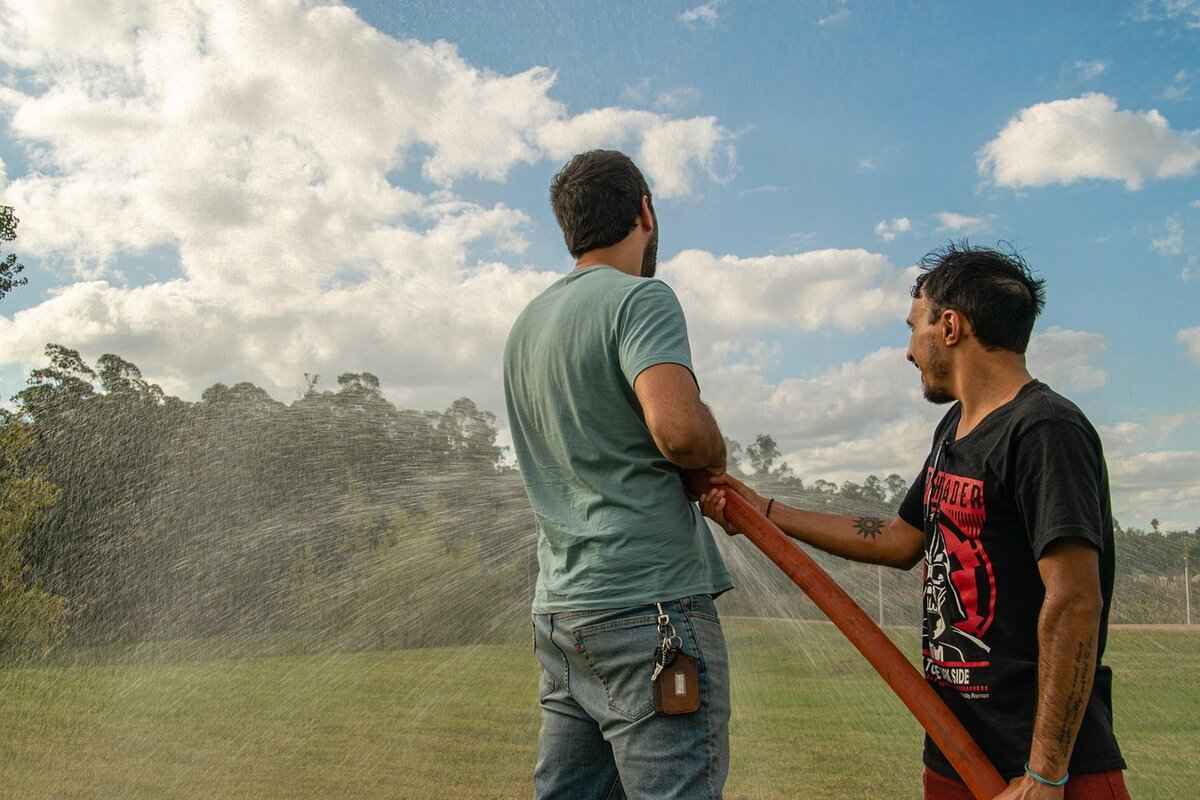
How to Properly Maintain Fire Jackets?
Fire jackets are vital for the safety of firefighters and industrial workers, providing essential protection against extreme heat and flames. However, to ensure their effectiveness and longevity, it is crucial to implement a systematic approach to maintenance. This section delves into the best practices for maintaining fire jackets, ensuring they remain in optimal condition for use.
Regular maintenance of fire jackets is crucial for ensuring their longevity and effectiveness. Proper care can prevent wear and tear, which may compromise safety features. By adhering to maintenance guidelines, users can significantly extend the life of these protective garments, ensuring they are always ready for action.
- Cleaning: Fire jackets should be cleaned according to the manufacturer’s instructions. Typically, this involves using mild detergents and avoiding harsh chemicals that can degrade materials.
- Inspection: Regular inspections are essential. Look for signs of damage, such as tears, fraying, or discoloration, which could indicate reduced protection.
- Storage: Proper storage is vital. Fire jackets should be kept in a cool, dry place, away from direct sunlight and moisture, to prevent deterioration.
It is recommended that fire jackets be inspected after every use and cleaned at least once every three months, or more frequently if they are exposed to hazardous materials. This routine helps identify potential issues before they become serious problems.
When cleaning fire jackets, it is important to follow these guidelines:
- Use cold or warm water settings to prevent damage to the fabric.
- Employ a gentle cycle in the washing machine, if applicable.
- Avoid using bleach or fabric softeners, as these can compromise the fabric’s integrity.
Proper storage is essential for maintaining the quality of fire jackets. Here are some tips:
- Hang the jacket on a sturdy hanger to maintain its shape.
- Ensure it is completely dry before storing to prevent mold and mildew.
- Keep it in a protective bag to shield it from dust and contaminants.
If a fire jacket shows signs of damage, it is critical to take immediate action. Depending on the severity of the damage, the jacket may need to be:
- Repaired: Minor tears can often be sewn up, but it is essential to consult a professional for repairs to ensure safety standards are met.
- Replaced: If the damage compromises the jacket’s protective capabilities, it should be replaced immediately.
Maintaining fire jackets through regular cleaning, inspection, and proper storage is essential for ensuring their effectiveness and longevity. By following these best practices, firefighters and industrial workers can safeguard their protective gear, ensuring they are always prepared for the challenges of their demanding jobs.
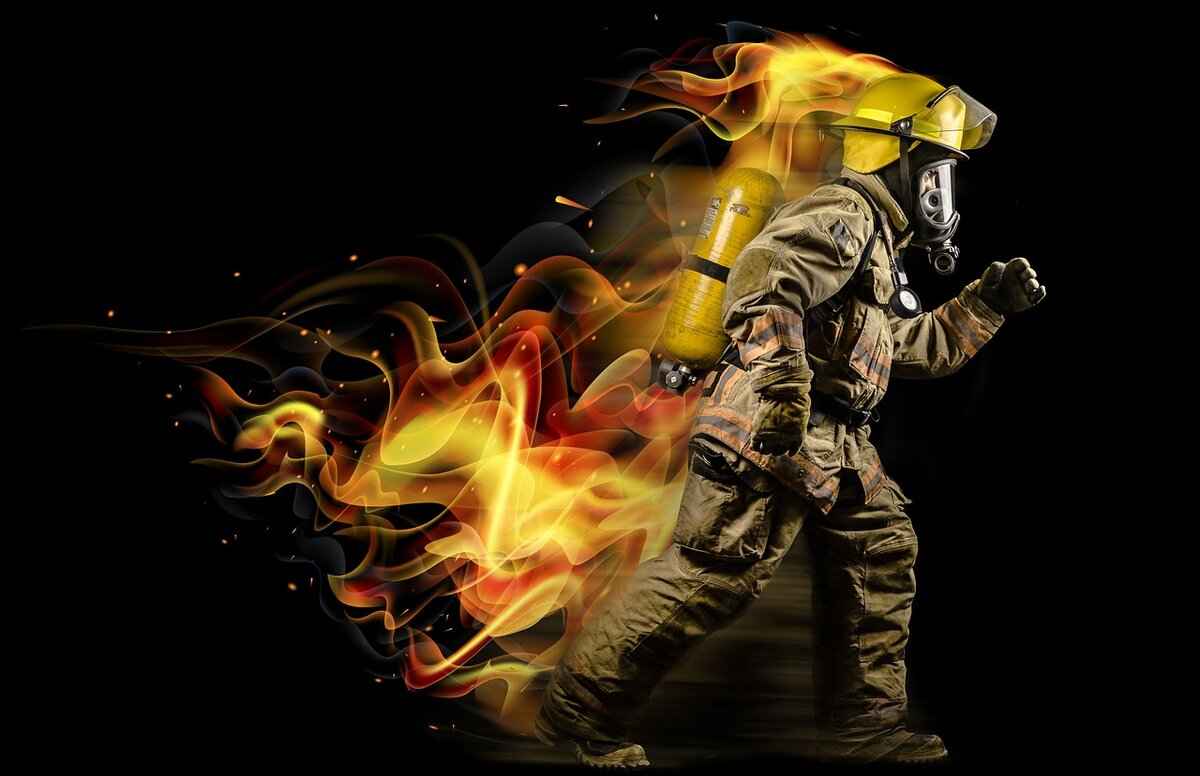
Benefits of Investing in Quality Fire Jackets
When it comes to ensuring the safety and performance of firefighters and industrial workers, investing in high-quality fire jackets is paramount. These specialized garments are not merely protective gear; they are essential tools that enhance overall safety, comfort, and effectiveness in emergency situations. In this section, we will delve into the numerous benefits of choosing quality fire jackets, emphasizing how they contribute to improved outcomes during critical operations.
One of the primary benefits of investing in quality fire jackets is their ability to provide superior protection against extreme temperatures and flames. Made from advanced materials like Nomex and Kevlar, these jackets are designed to withstand high heat, significantly reducing the risk of burns. The multi-layered construction of these garments ensures that heat transfer is minimized, allowing firefighters to operate safely in hazardous environments.
Quality fire jackets are engineered not only for protection but also for comfort and mobility. Firefighters often need to perform physically demanding tasks, and a well-fitted jacket allows for greater freedom of movement. High-quality materials offer flexibility without compromising on safety, enabling workers to navigate challenging situations with ease.
Investing in a quality fire jacket means choosing durability. These jackets are built to withstand the rigors of firefighting and industrial work, ensuring they remain effective over time. High-quality materials resist wear and tear, which translates into long-term savings as they require less frequent replacement. This durability is crucial for maintaining safety standards and compliance with regulations.
Quality fire jackets are often designed to meet or exceed industry safety standards, such as those set by the National Fire Protection Association (NFPA). By investing in jackets that comply with these regulations, employers can ensure that their teams are adequately protected, reducing liability and enhancing workplace safety.
Many high-quality fire jackets feature reflective elements that enhance visibility in low-light conditions. This is particularly important during nighttime operations or in environments with smoke and debris. Increased visibility not only helps in identifying team members but also contributes to overall situational awareness, which is vital in emergency scenarios.
While the initial investment in quality fire jackets may be higher, the long-term benefits far outweigh the costs. The combination of durability, compliance, and enhanced performance leads to fewer injuries and accidents, ultimately saving organizations money on medical expenses and potential legal liabilities. Additionally, the longevity of these jackets means they do not need to be replaced as frequently, further contributing to cost savings.
In summary, investing in high-quality fire jackets is essential for enhancing safety, comfort, and performance in emergency situations. These jackets not only protect against heat and flames but also improve mobility, comply with safety standards, and offer long-term cost benefits. By prioritizing quality, organizations can ensure their teams are equipped to handle the challenges of their demanding roles effectively.
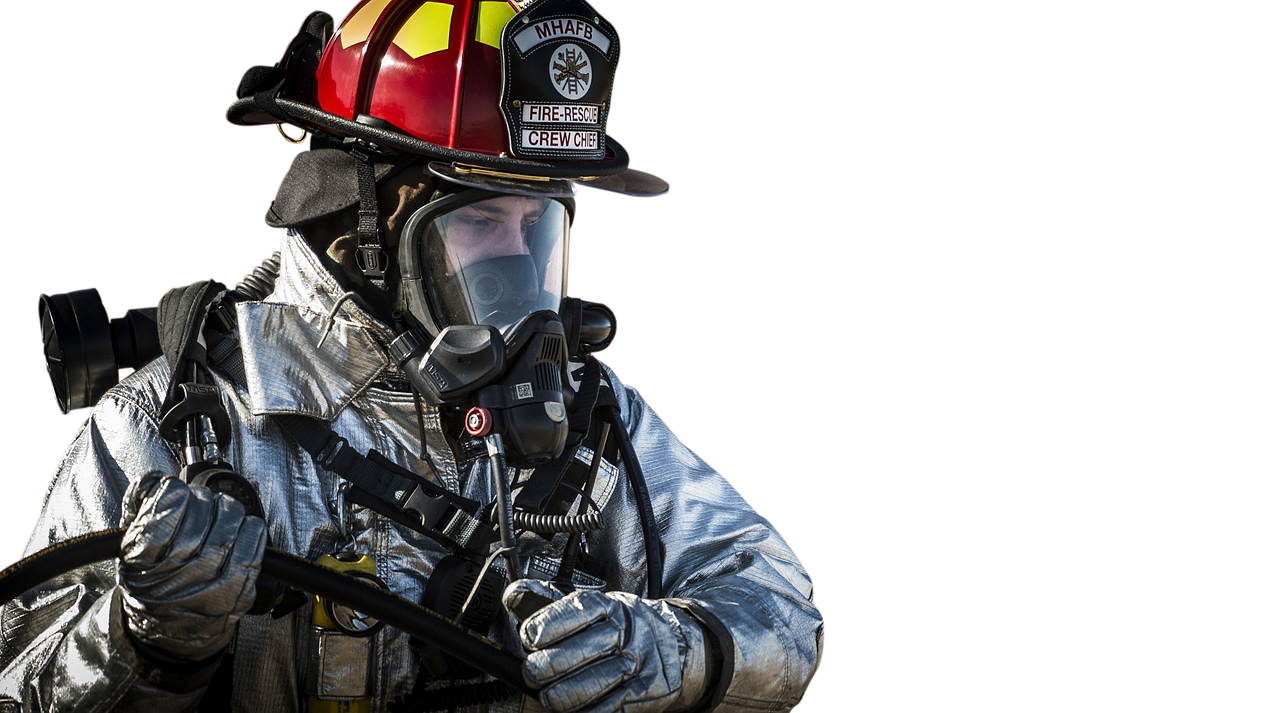
What Are the Best Brands for Fire Jackets?
When it comes to protecting firefighters and industrial workers, fire jackets are an essential piece of gear. The market is filled with various options, but understanding which brands offer the best quality can significantly impact safety and performance. In this section, we will explore some of the most reputable brands known for their top-notch fire jackets, focusing on their durability and protective features.
Several brands have established themselves as leaders in the fire jacket industry by consistently providing high-quality products. Here are some of the most recognized names:
- Bulwark Protective Apparel: Known for their extensive range of flame-resistant clothing, Bulwark combines comfort with safety. Their fire jackets often feature advanced moisture-wicking technology, ensuring that wearers stay dry and comfortable while protected.
- Globe Manufacturing Company: Globe is a pioneer in producing fire jackets designed specifically for firefighters. Their jackets are crafted with durable materials that meet stringent safety standards, ensuring maximum protection in hazardous environments.
- Fire-Dex: With a focus on innovation, Fire-Dex offers customizable fire jackets that cater to the unique needs of firefighters. Their products are known for their lightweight design and superior thermal protection.
- Lion Apparel: Lion is recognized for its high-performance fire gear. Their jackets are designed with cutting-edge technology, including moisture barriers and reflective materials for enhanced visibility during emergencies.
- MSA Safety: MSA is a trusted name in safety equipment, and their fire jackets are no exception. They prioritize safety features such as thermal insulation and flame resistance, making them a popular choice among professionals.
Researching reputable brands is crucial when selecting a fire jacket. Each brand has its own unique selling points, and understanding these can help you make an informed purchasing decision. Consider the following:
- Durability: Look for brands that use high-quality materials known for their longevity and resistance to wear and tear.
- Safety Standards: Ensure the brand complies with industry safety standards, such as NFPA 1971, which guarantees the jacket meets essential protective requirements.
- Comfort Features: Firefighters often work in challenging conditions; therefore, jackets that offer comfort features—like moisture-wicking fabrics and adjustable components—are essential for maintaining performance.
When evaluating fire jacket brands, consider the following factors:
- Customer Reviews: Look for feedback from fellow firefighters or industrial workers who have experience with the brand’s products.
- Warranty and Support: A reputable brand often provides warranties and customer support, reflecting their confidence in the quality of their products.
- Innovative Features: Brands that invest in research and development are likely to offer jackets with the latest safety technologies, enhancing protection.
In conclusion, investing in a high-quality fire jacket from a reputable brand is essential for ensuring safety and performance in hazardous environments. By conducting thorough research and considering the unique features offered by various brands, you can make a well-informed decision that prioritizes safety and comfort.
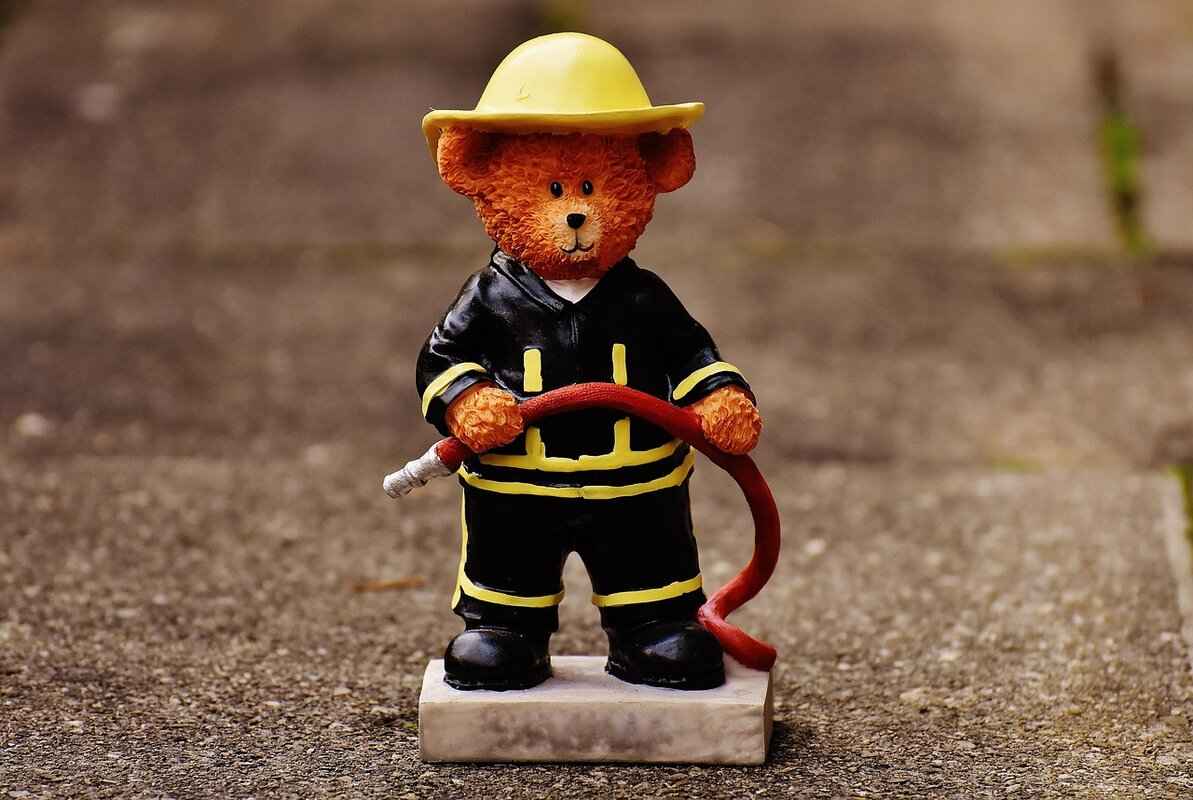
Conclusion: The Importance of Fire Jackets
Fire jackets are essential protective gear designed to safeguard firefighters and workers in hazardous environments. These specialized garments are engineered to withstand extreme heat and flames, making them indispensable for anyone working in high-risk situations. Understanding the features, materials, and maintenance of fire jackets is crucial for maximizing safety and performance.
Fire jackets are specialized clothing that provide protection from heat, flames, and other hazardous conditions. They are crafted from advanced materials that offer a combination of heat resistance, durability, and comfort. The construction of these jackets typically includes multiple layers, each serving a specific purpose to enhance safety.
Fire jackets play a critical role in protecting firefighters and industrial workers from serious injuries, including burns. In emergency situations, the right fire jacket can mean the difference between life and death. Their protective features are designed to withstand high temperatures and prevent heat transfer to the body.
- Material: The fabric used should provide excellent flame resistance.
- Insulation: Adequate thermal insulation is necessary to protect against extreme temperatures.
- Reflective Elements: High visibility components enhance safety in low-light conditions.
Fire jackets are typically made from materials such as Nomex, Kevlar, and PBI. Each of these materials offers unique advantages:
- Nomex: Known for its lightweight and flame-resistant properties, making it a popular choice for various firefighting applications.
- Keen: Offers high tensile strength and flexibility, allowing for enhanced mobility while providing protection.
- PBI: Known for its exceptional thermal stability and durability, suitable for extreme conditions.
Fire jackets are engineered with multiple layers that provide thermal insulation and prevent heat transfer. This design significantly reduces the risk of burns and injuries during firefighting or rescue operations. The outer layer is typically flame-resistant, while the inner layers offer insulation and comfort.
When selecting a fire jacket, it’s essential to consider several factors:
- Size and Fit: Ensure the jacket fits well to allow for mobility.
- Compliance: Check for compliance with safety standards, such as NFPA 1971.
- Additional Features: Look for pockets and adjustable components for enhanced functionality.
Fire jackets must meet specific safety standards and certifications to ensure adequate protection against fire hazards. Compliance with standards like NFPA 1971 is crucial for ensuring that the jacket meets industry regulations and provides the necessary safety features.
Regular maintenance of fire jackets is vital for ensuring their longevity and effectiveness. Proper cleaning, inspection, and storage practices can significantly extend the life of these protective garments. It’s important to follow the manufacturer’s guidelines for care to maintain their protective qualities.
Investing in high-quality fire jackets not only enhances safety but also improves overall performance and comfort. Well-constructed jackets can lead to better outcomes in emergency situations, providing peace of mind for both workers and their employers.
Several reputable brands offer top-notch fire jackets known for their durability and protective features. Researching these brands can help you make an informed purchasing decision, ensuring you select a jacket that meets your specific needs.
Frequently Asked Questions
- What materials are fire jackets made of?
Fire jackets are commonly made from materials like Nomex, Kevlar, and PBI. Each of these materials offers unique benefits such as flame resistance, durability, and comfort, ensuring maximum protection for firefighters and industrial workers.
- How do I choose the right fire jacket?
When selecting a fire jacket, consider factors like size, fit, and compliance with safety standards. Look for additional features such as pockets and adjustable components to enhance functionality and comfort during use.
- Why is maintenance important for fire jackets?
Regular maintenance is crucial for fire jackets to ensure their longevity and effectiveness. Proper cleaning, inspection, and storage practices can significantly extend the life of these protective garments, keeping you safe when it matters most.
- What safety standards should fire jackets meet?
Fire jackets must adhere to specific safety standards and certifications, such as NFPA 1971. This ensures they provide adequate protection against fire hazards and comply with industry regulations.
- Are there specific brands known for high-quality fire jackets?
Yes, several reputable brands are known for producing top-notch fire jackets. Researching these brands can help you make an informed decision, ensuring you invest in protective gear that meets your safety needs.

